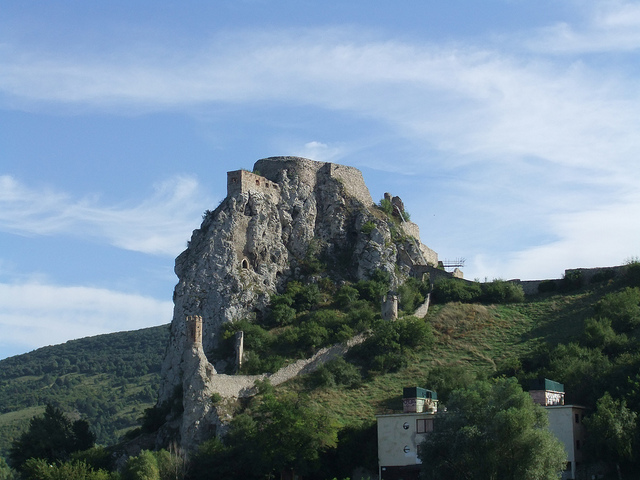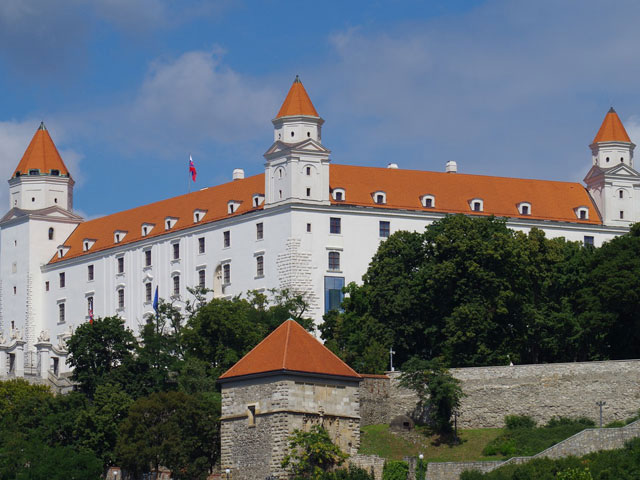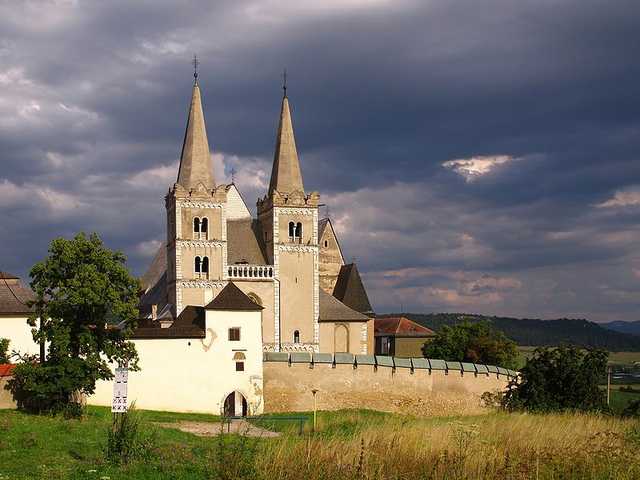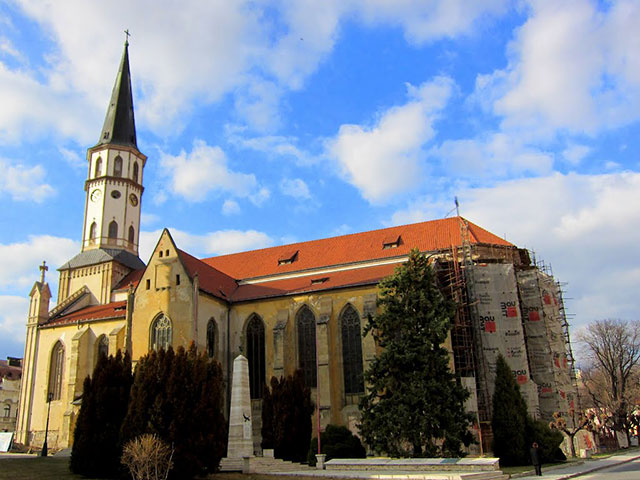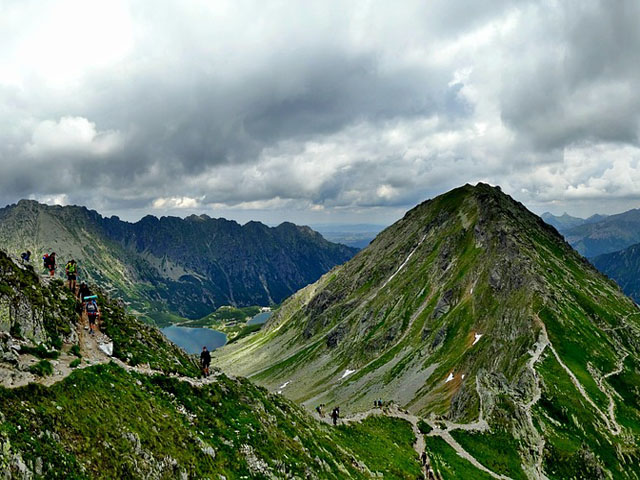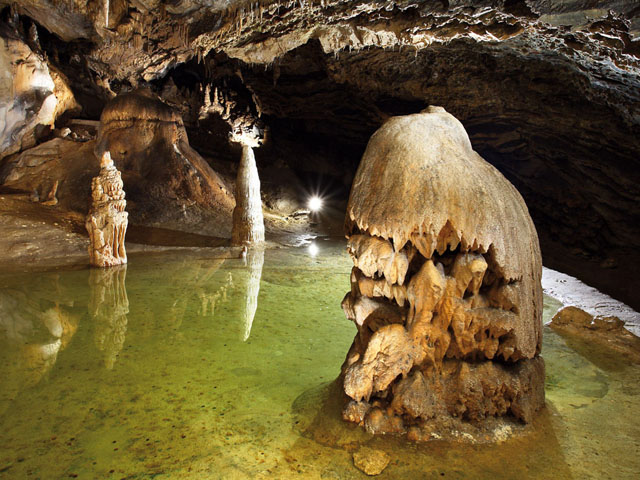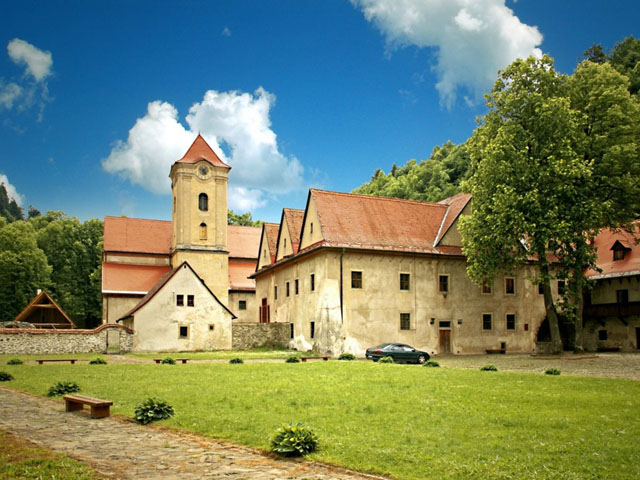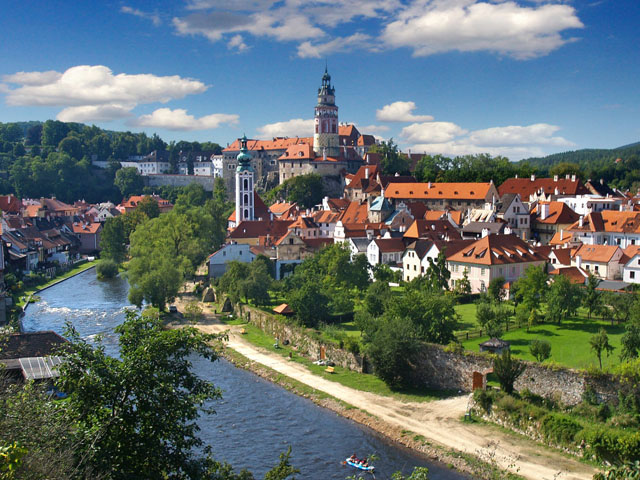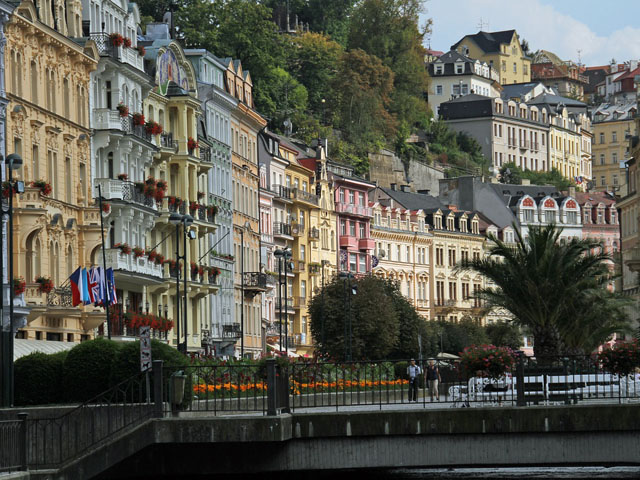Included
- Accommodation in centrally located hotels with breakfast:
- 1 night in Bratislava
- 1 night in Banska Stiavnica
- 4 nights in Kezmarok
- 3 nights in Prague - Services of a private guide-driver for 5 days (in Slovakia)
- Trip transport (private car/van and train)
- Taxi from Kezmarok to Poprad train station
- 1 x airport transfer from Prague hotel to the airport in Prague city
- First-class train tickets Poprad - Prague
- Prague city tour

